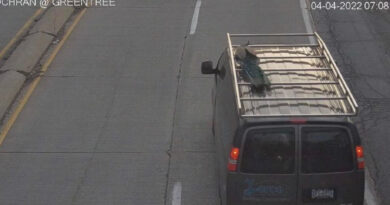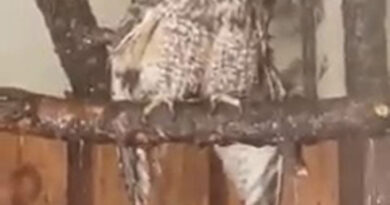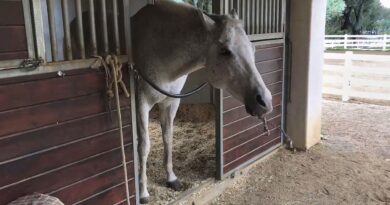Rare Sea Coral Spawning Caught On Camera
This footage shows sea coral spawning in an event that only happens once a year.
The video was shot during a night dive in the waters at St. John’s Island National Park in Singapore on 3rd April.
The video was posted by Denise Ann McIntyre who is a scuba diving instructor and also works as a laboratory technician in a Marine Research Laboratory, St. John’s Island National Marine Laboratory.
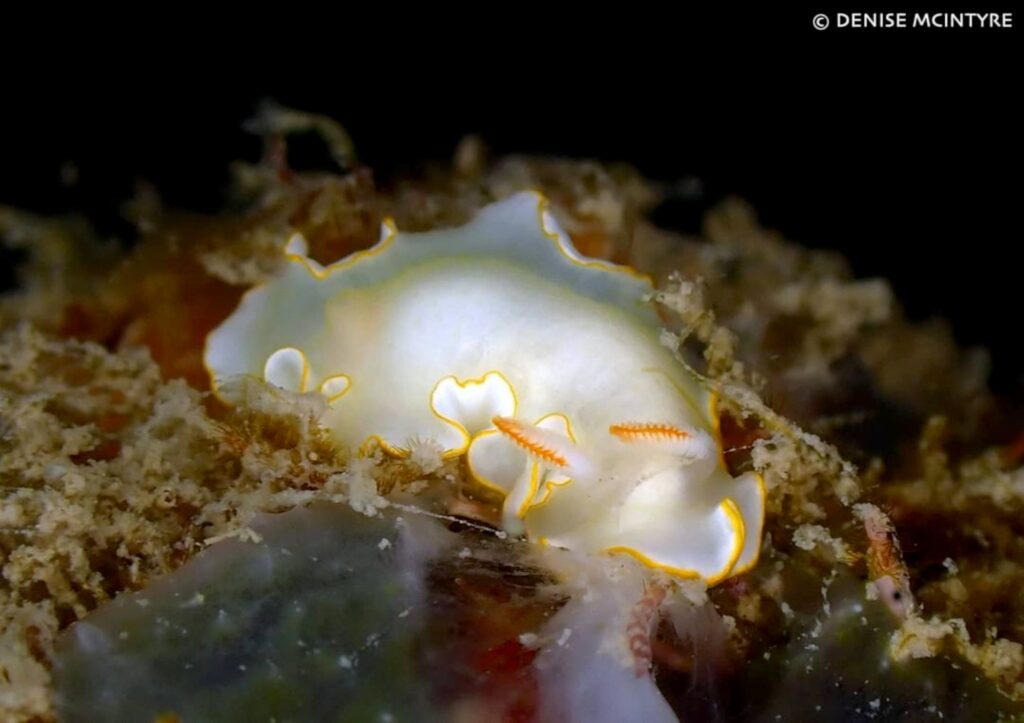
She told Clipzilla she recorded the video on a coral spawning monitoring trip organised by the National Park.
She said: “Corals in Singapore spawn only once a year.”
Denise explains: “Corals can reproduce both sexually and asexually. Coral spawning is the act of hard corals releasing their egg/sperm bundles into the water for sexual reproduction.”
Denise’s love for underwater videography started back in 2017 when she found a lost camera underwater. Because of her job, she was unable to return to the mainland and track down the owner.
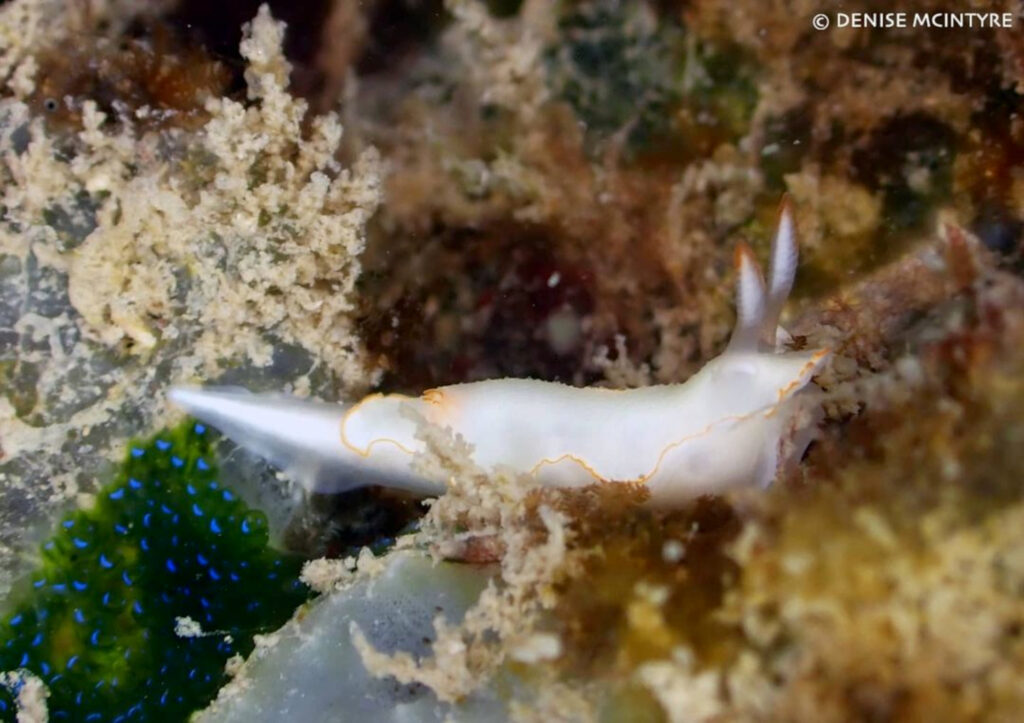
She kept the camera for three days and experimented with it. That’s where her interest began.
She says that sea pollution is the biggest threat to the maritime world.
She said: “I think the amount of rubbish in the sea is endless. Sometimes during a dive, you get caught in current-carrying rubbish and all you’re surrounded by is plastic bags, plastic bottles, nets, food packages and it’s quite gross. It’s also very sad. It really is quite sad how polluted the sea has become.”
In order to help with the rising threat she has done multiple beach clean-ups and dive site cleanups.
The said that the effects on the animals is heartbreaking, adding: “I’ve cut turtles loose from fishing nets because they’ve gotten tangled. I’ve also seen marine animals eat plastic bags and diapers.
“Sometimes marine animals are washed up on the shore and if one were to dissect them, you would find a lot of plastic in their guts. In 2016, a dead sperm whale washed up on to the shores of Singapore and plastic cups and wrappers were found in its gut. There are also oil spills that affect sea birds.”

